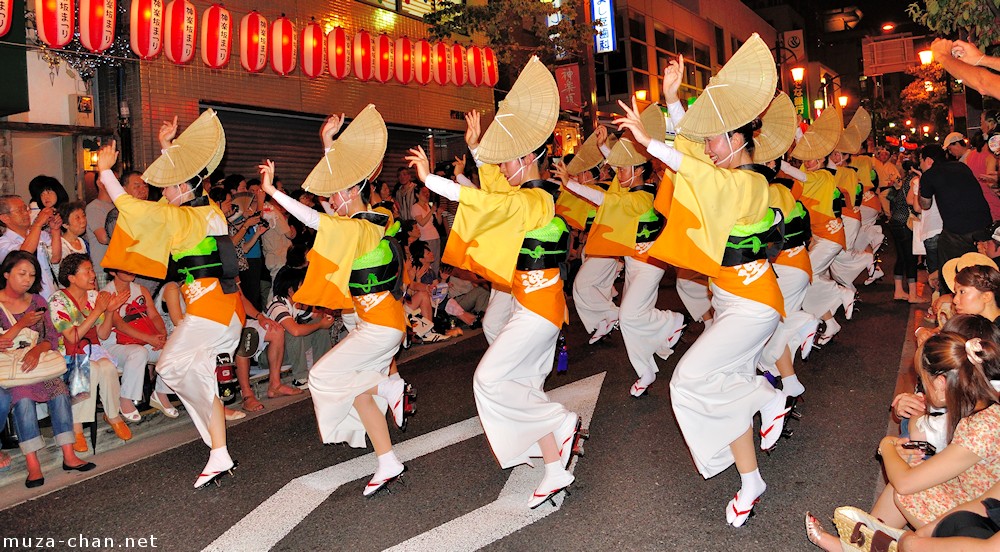In Japan, people greet one another by bowing. This gesture can range from a small nod of the head to a deep bend at the waist. Japanese culture and traditions are based on respect for others. Gift giving is also an important part of Japanese culture. When meeting with business associates or arriving at someone's home, it is customary to bring a gift.

There are many aspects of Japanese culture that can affect your success in the country. For example, Japan has two major religions: Shinto and Buddhism. Both of these religions coexist peacefully within Japanese society, with traditions from both being practiced by many people. Additionally, the "Shokunin" spirit is an important part of Japanese culture. This spirit goes beyond simply being a craftsman or artisan and encompasses a respect for one's work and dedication to perfecting one's craft.
If you are planning to visit or do business in Japan, it is important to be aware of these various aspects of Japanese
The tea ceremony
The Japanese tea ceremony is an important cultural activity that involves the ceremonial preparation and presentation of matcha, powdered green tea. A display of elegance and high-class hospitality, the tea ceremony is also a reminder to enjoy the simplicities of life. In Japan, tea is more than just a hot drink. It is a very important ritual that has a lot of meaning within the culture.
The Japanese tea ceremony is known as chado or sado, which translates to “The Way of Tea.” The purpose of this practice extends far beyond just enjoying a cup of tea. The tea ceremony is a spiritual process, deeply rooted in Zen philosophy. The process is aimed at bringing harmony and inner peace.
For those who take part in the Japanese tea ceremony, it is an opportunity to slow down and appreciate the moment. In our fast-paced world, it is easy to get caught up in the hustle and bustle and forget to stop and
Ikebana
Since the sixth century, ikebana has been a part of Japanese culture. This art form of flower arranging has been used as a way to pay tribute to Buddhist altars and as a symbol of appreciation. In 7th century Japan, ikebana became more formalized and was used as a way to express emotions.
The different techniques and styles of ikebana reflect the various moods and messages that can be conveyed through this art form.Ikebana is not only an expression of beauty, but also a representation of the Japanese people and their customs. The intricate arrangements and delicate balance of each element in ikebana reflect the Japanese aesthetic.
In addition, the use of natural materials such as branches, leaves, and flowers symbolize the connection between humans and nature that is so important in Japanese culture.The history and meaning behind ikebana make it a truly special art form. For those who appreciate its beauty, ikebana
Kimono
There is no denying that the Japanese kimono is one of the world's most instantly recognizable traditional garments. With a history dating back over a thousand years, the kimono is a traditional Japanese garment that has come to be known as the national dress of Japan. Though nowadays Japanese people rarely wear kimono in everyday life, reserving them for more formal occasions such as wedding ceremonies and funerals, there is no denying the rich history and cultural significance of this traditional article of clothing.
For anyone interested in Japanese customs and traditions, the kimono is definitely a topic of interest worth exploring. Kimono literally means "thing to wear", and up until the mid 19th century was used to refer to clothing in general. It wasn't until around 150 years ago that the kimono evolved into the unisex outer garment we know ]. Interestingly, easy to wear and adaptable, by the Edo period (1603-1868) the
Sumo
Sumo is a Japanese-style of wrestling and Japan's national sport. It is a uniquely Japanese pursuit involving physical strength, strictly observed ritual, and a complex code of etiquette. Sumo has its roots in a Shinto ritual dance where the most powerful men displayed their strength in front of the kami (gods or spirits) as a way of giving thanks for a good harvest. Today, sumo wrestlers still perform this ancient dance as part of their training.
Tokyo hosts three tournaments each year, involving hundreds of wrestlers from Japan and abroad. The spectacle of sumo wrestling, with its colorful costumes and ceremonial rituals, is a must-see for anyone visiting Japan.
Geisha
Japan’s geisha are world-famous as a symbol of Japanese culture and history. Geishas entertain their guests with a combination of both their hostessing and conversational skills, and their skills in traditional Japanese art forms such as dance, music, and poetry. Geishas are artisans and purveyors of traditional Japanese culture.
Geisha women dedicate their lives to Japanese traditional arts and put on performances that showcase the beauty, grace, and skill of Japanese culture. Though the word “geisha” is widely known, it is actually just one of the terms used to refer to Japan's traditional female entertainers.

Comments
Post a Comment